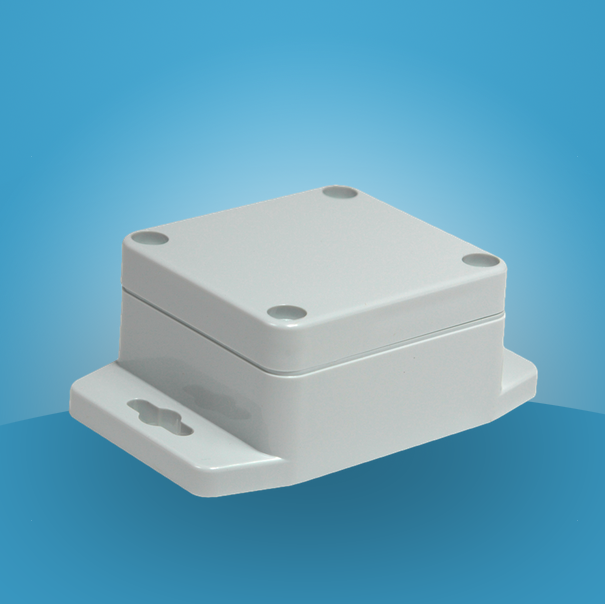

- MOBILINC RADIUS NETWORKS RADBEACON SOFTWARE
- MOBILINC RADIUS NETWORKS RADBEACON PASSWORD
- MOBILINC RADIUS NETWORKS RADBEACON WINDOWS
When the RADIUS server receives the Access-Request from the NAS, it searches a database for the username listed. For example, if the query is presented in character mode, the inference is "Service-Type = Exec-User," but if the request is presented in PPP packet mode, the inference is "Service Type = Framed User" and "Framed Type = PPP." The format of the request also provides information about the type of session that the user wants to initiate. Most Cisco devices and applications offer support for either set of port numbers. Because of this conflict, RFC 2865 officially assigned port number 1812 for RADIUS. The early deployment of RADIUS was done using UDP port number 1645, which conflicts with the "datametrics" service. The Access-Request packet contains the username, encrypted password, NAS IP address, and port. Typically, a user login consists of a query (Access-Request) from the NAS to the RADIUS server and a corresponding response (Access-Accept or Access-Reject) from the server.
MOBILINC RADIUS NETWORKS RADBEACON PASSWORD
When it is provided with the username and original password given by the user, it can support PPP, PAP or CHAP, UNIX login, and other authentication mechanisms. The RADIUS server can support a variety of methods to authenticate a user.

The RADIUS client acts upon services and services parameters bundled with Accept or Reject. RADIUS server responds with Accept, Reject, or Challenge. RADIUS client sends username and encrypted password to the RADIUS server. NAS prompts for username and password (if Password Authentication Protocol ) or challenge (if Challenge Handshake Authentication Protocol ). User initiates PPP authentication to the NAS. This figure shows the interaction between a dial-in user and the RADIUS client and server. A RADIUS server can act as a proxy client to other RADIUS servers or other kinds of authentication servers. RADIUS servers receive user connection requests, authenticate the user, and then return the configuration information necessary for the client to deliver service to the user. The client passes user information to designated RADIUS servers and acts on the response that is returned.
MOBILINC RADIUS NETWORKS RADBEACON WINDOWS
The RADIUS client is typically a NAS and the RADIUS server is usually a daemon process running on a UNIX or Windows NT machine. Issues related to server availability, retransmission, and timeouts are handled by the RADIUS-enabled devices rather than the transmission protocol. Generally, the RADIUS protocol is considered a connectionless service. Background InformationĬommunication between a network access server (NAS) and a RADIUS server is based on the User Datagram Protocol (UDP). Conventionsįor more information on document conventions, see the Cisco Technical Tips Conventions.

MOBILINC RADIUS NETWORKS RADBEACON SOFTWARE
This document is not restricted to specific software and hardware versions. There are no specific prerequisites for this document.

The RADIUS accounting standard RFC 2866 obsoletes RFC 2139. The RADIUS specification RFC 2865 obsoletes RFC 2138. The Remote Authentication Dial-In User Service (RADIUS) protocol was developed by Livingston Enterprises, Inc., as an access server authentication and accounting protocol.


 0 kommentar(er)
0 kommentar(er)
